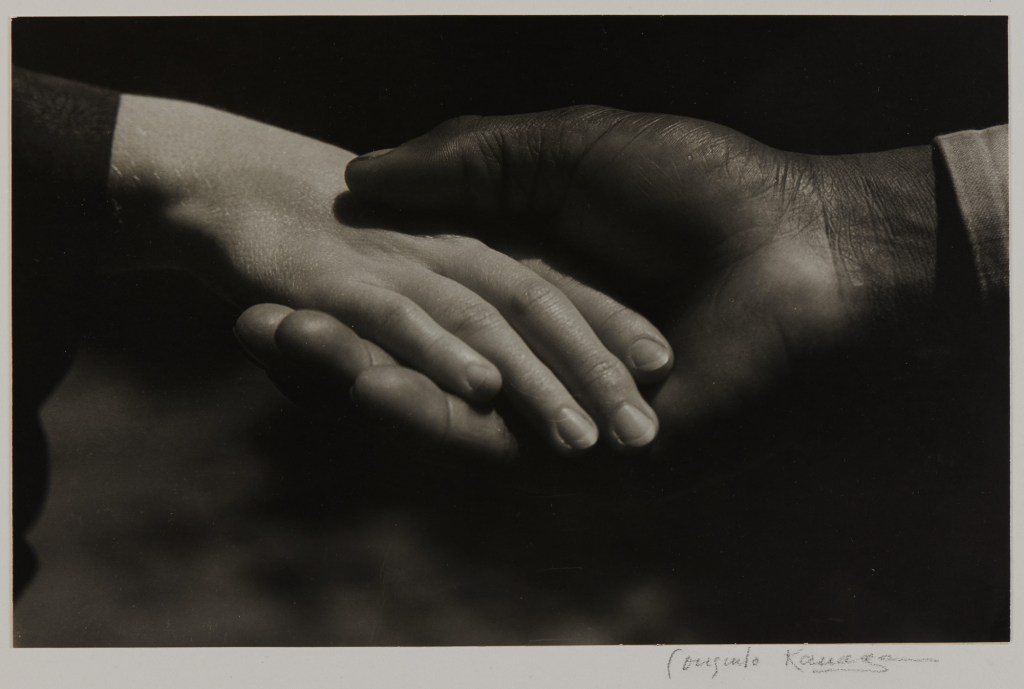The Trailblazing 20th-Century Photographer History Forgot


At the Brooklyn Museum on a recent sunny spring Sunday, I made a joyful discovery: An important piece of photography’s history has just been recovered in the form of Consuelo Kanaga. The incredibly well-executed exhibition Consuelo Kanaga: Catch the Spirit demonstrates that although she is little-known today, Kanaga was a major photographer of her time. Not only was she one of the first female photojournalists in the United States, but she also participated in major photographic groups from f/64 to the New York Photo League. The show makes clear just how wide (and deep) her artistic community was, emphasizing her bonds with figures like Dorothea Lange, Berenice Abbott, Imogen Cunningham, Yamazawa Eiko, and Alfred Stieglitz. Her output ranged from socially engaged photojournalism to artistic portraiture to modernist abstraction, with a nod to spirit photography in there, too. One could write a photographic history of the first half of the 20th century through her life story. It’s a staggering resumé.
Despite the breadth of her oeuvre, a key Kanaga “style” emerges from the nearly 200 works on view. Every photograph is composed with immense care. Through her camera lens, she shapes her subjects into a kind of perfect geometry, fitting them together ever so neatly, like pieces in a puzzle. This is particularly true of her portraits and architectural photographs, like “She is a Tree of Life” (1950) and “Clapboard Schoolhouse” (c. 1935). At the same time, she never practices the sort of modernist defamiliarization often associated with such formal precision: Her human subjects capture you with their intimate gaze, even choke you up, as in Kanaga’s portrait of the widow Annie Mae Merriweather, whose husband was lynched for union organizing. “Camelia in Water” (1927–28) points to the broader Modernist tradition of photographing glass and flowers in vases (see André Kertész), though the accompanying wall text quoting Kanaga demonstrates the deep humanity of her modern vision: “I photographed it because somebody had taken it off the lapel of his coat in my studio and tossed it on the table. It was all deteriorating along the edges. It was so beautiful I couldn’t bear to see it go unheralded.”


Catch the Spirit does Kanaga justice, too, in its attention to detail. By first introducing the photographer in the context of her community, viewers get an immediate sense of who she was as both an artist and a person. (It’s also a nice touch that the same kind of camera and film she used is on display, since this side of photography is so easily obscured in our dematerialized digital world.) The exhibition design maximizes its impact down to the striking juxtaposition of red and blue-gray wall paint colors, which makes the room itself feel like a tightly composed work of art. In a somewhat unusual but welcome move, multiple differing prints of a single photograph hang next to each other in places, demonstrating the technical side of Kanaga’s printing as she experimented with framing and exposure. (Curator Drew Sawyer continues to set a high bar for himself for the upcoming 2026 Whitney Biennial, which he is co-organizing with Marcela Guerrero.) And while commercial, documentary, and “fine art” photography are often siloed off from one another, Catch the Spirit does no such thing, revealing the deep connections between these modes through the life of a crucial 20th-century photographer that history forgot.





Consuelo Kanaga: Catch the Spirit continues at the Brooklyn Museum (200 Eastern Parkway, Brooklyn) through August 3. The exhibition was organized by the Brooklyn Museum in collaboration with Fundación MAPFRE and the San Francisco Museum of Modern Art. It was curated by Pauline Vermare with Imani Williford.



